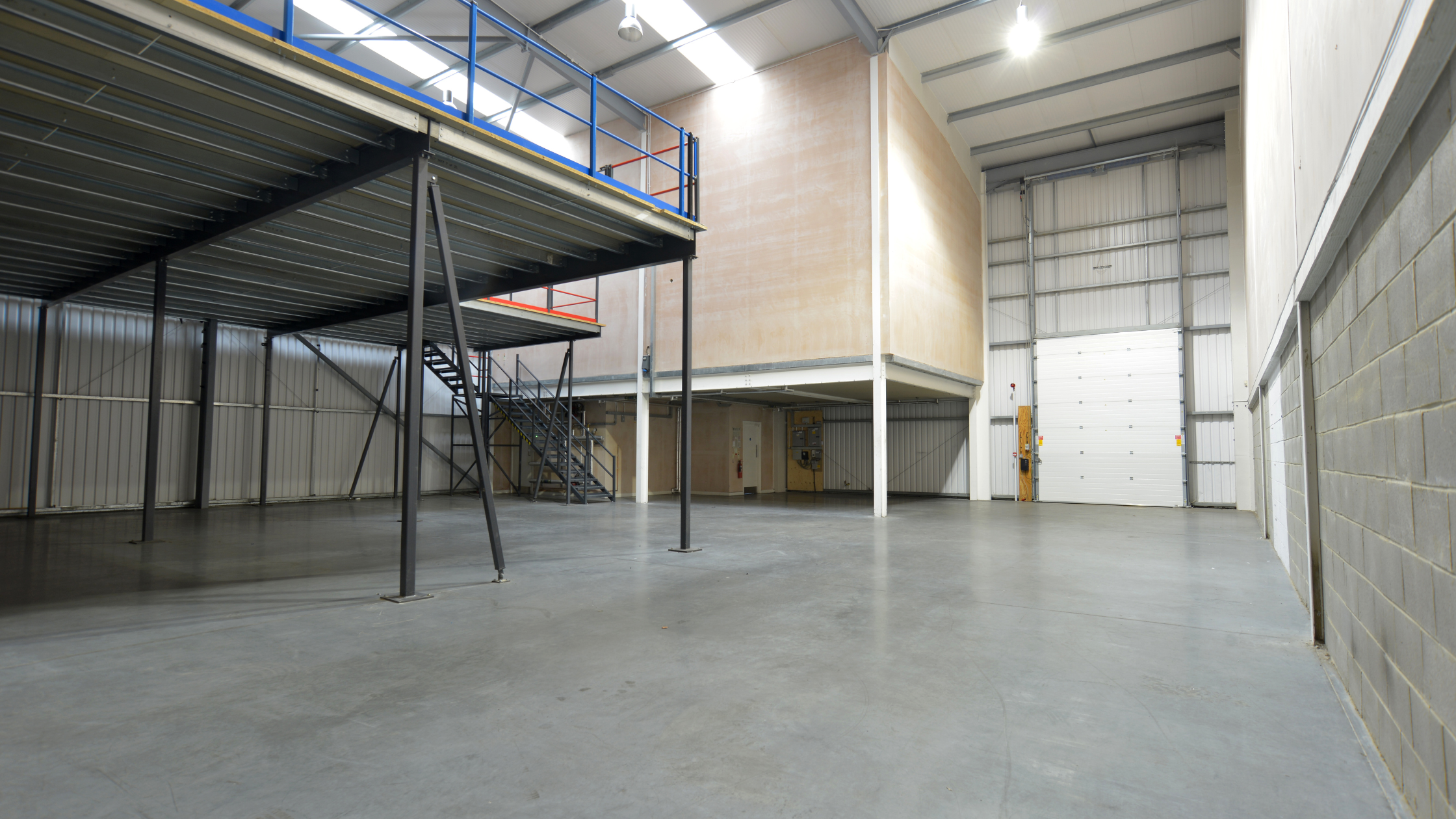
When it comes to optimising workspace and improving operational efficiency, installing a mezzanine floor can be a game-changer for businesses of all sizes. A mezzanine floor is an intermediate level between the main floors of a building, and it offers numerous benefits, including cost savings. In this blog, we’ll explore how investing in a mezzanine floor can translate into significant financial advantages for your business.
1. Maximising Existing Space
One of the most evident ways mezzanine floors save money is by making the most out of the space you already have. Instead of renting or purchasing additional square footage, which can be costly, a mezzanine floor allows you to utilize the vertical space within your existing facility. This can be especially valuable for warehouses, distribution centers, and manufacturing plants where every inch of space counts.
2. Reducing Relocation Costs
If your business is growing, you might consider relocating to a larger facility to accommodate your expanding operations. However, this entails not only the cost of acquiring or leasing a new space but also the expenses associated with moving, such as packing, transportation, and downtime. Installing a mezzanine floor can postpone or even eliminate the need for such a move, saving you a substantial amount of money in the process.
3. Lower Construction Expenses
Compared to traditional construction projects, adding a mezzanine floor is relatively cost-effective and less disruptive. It typically requires fewer materials, labor, and time. Moreover, mezzanine installations are often subject to fewer building regulations and permits compared to ground-level expansions or new construction.
4. Increased Operational Efficiency
A mezzanine floor can enhance your operational efficiency by creating dedicated spaces for various functions within your facility. Whether it’s storage, office space, or additional production areas, this segmentation can lead to more streamlined workflows and improved productivity. In turn, higher productivity can translate into cost savings through reduced labor hours and quicker order fulfillment.
5. Potential Tax Benefits
Depending on your location and local tax laws, adding a mezzanine floor may qualify for tax incentives, deductions or grants. Consult with a tax advisor to explore potential tax benefits that could further reduce the overall cost of your mezzanine installation.
6. Scalability
As your business continues to evolve, a mezzanine floor offers scalability. You can adapt and expand your mezzanine layout as needed, without the lengthy and expensive process of constructing new buildings or leasing more space. This agility is especially valuable in industries with fluctuating demands.
7. Enhanced Property Value
Finally, it’s worth noting that the addition of a mezzanine floor can increase the overall value of your property. This can be advantageous if you ever decide to sell your business or use the property as collateral for financing.
In conclusion, installing a mezzanine floor is not just an investment in additional space; it’s an investment in cost savings and improved operational efficiency. By maximizing existing space, reducing relocation costs, and enjoying the flexibility it offers, businesses can achieve significant financial benefits in the long run. If you’re looking for a practical solution to expand your operations without breaking the bank, a mezzanine floor might be the answer you’ve been searching








